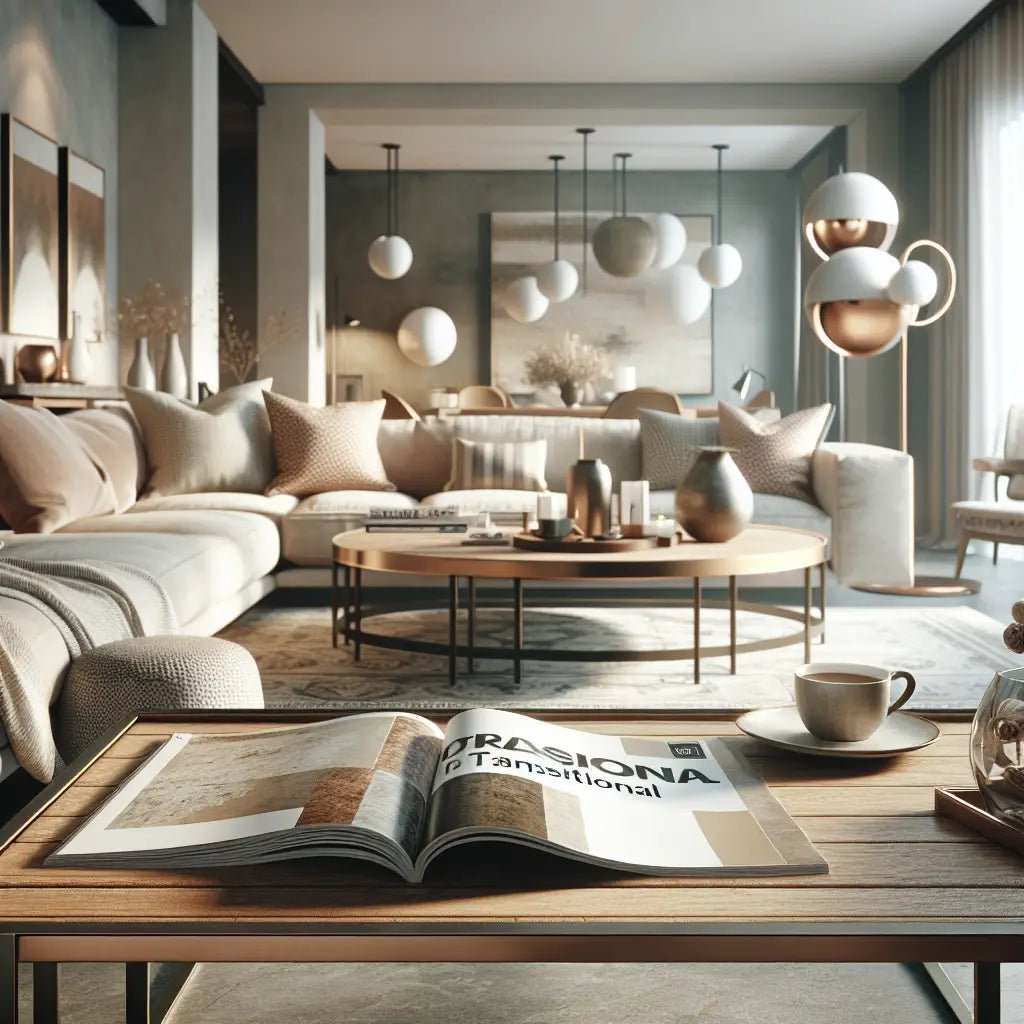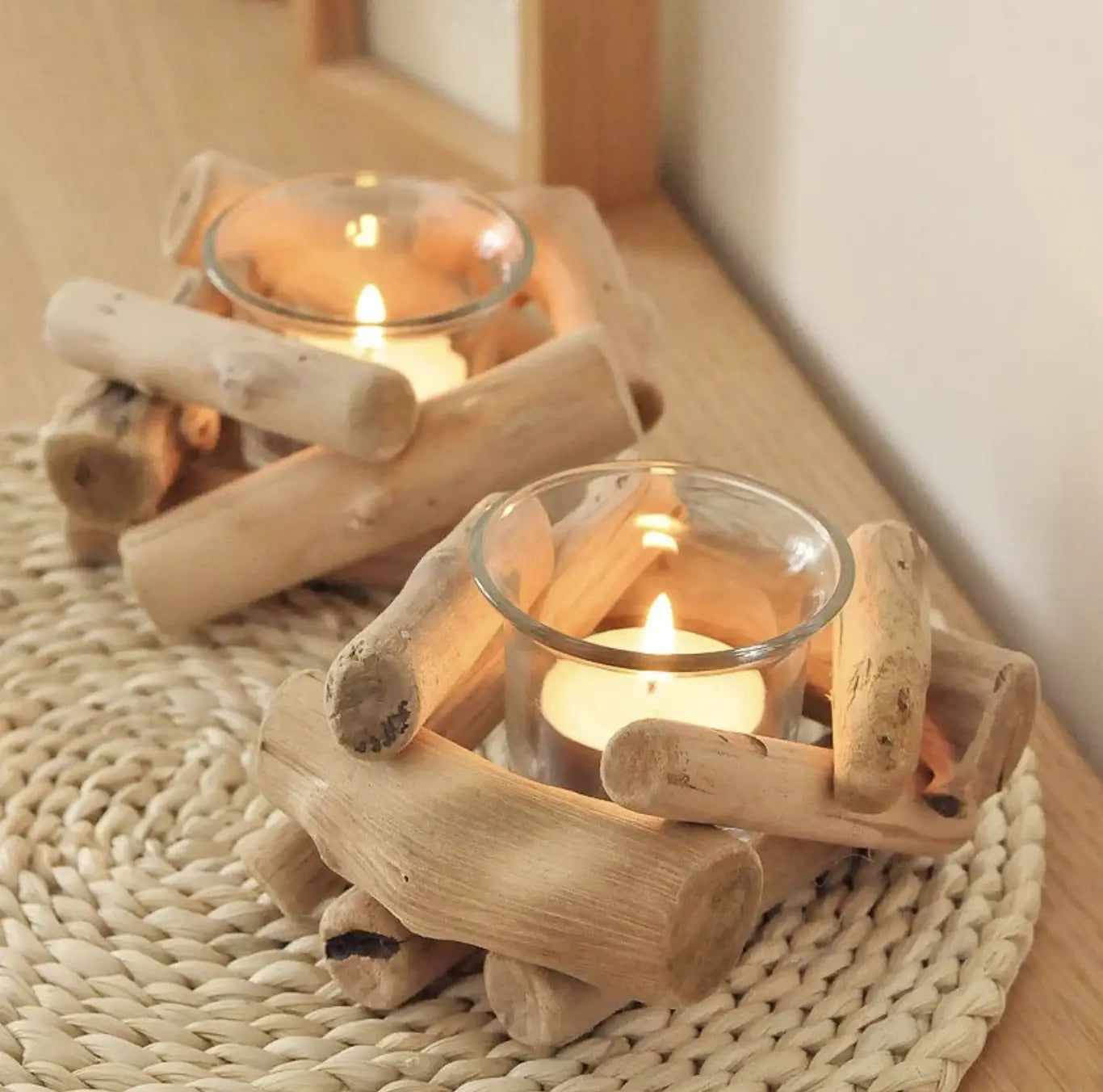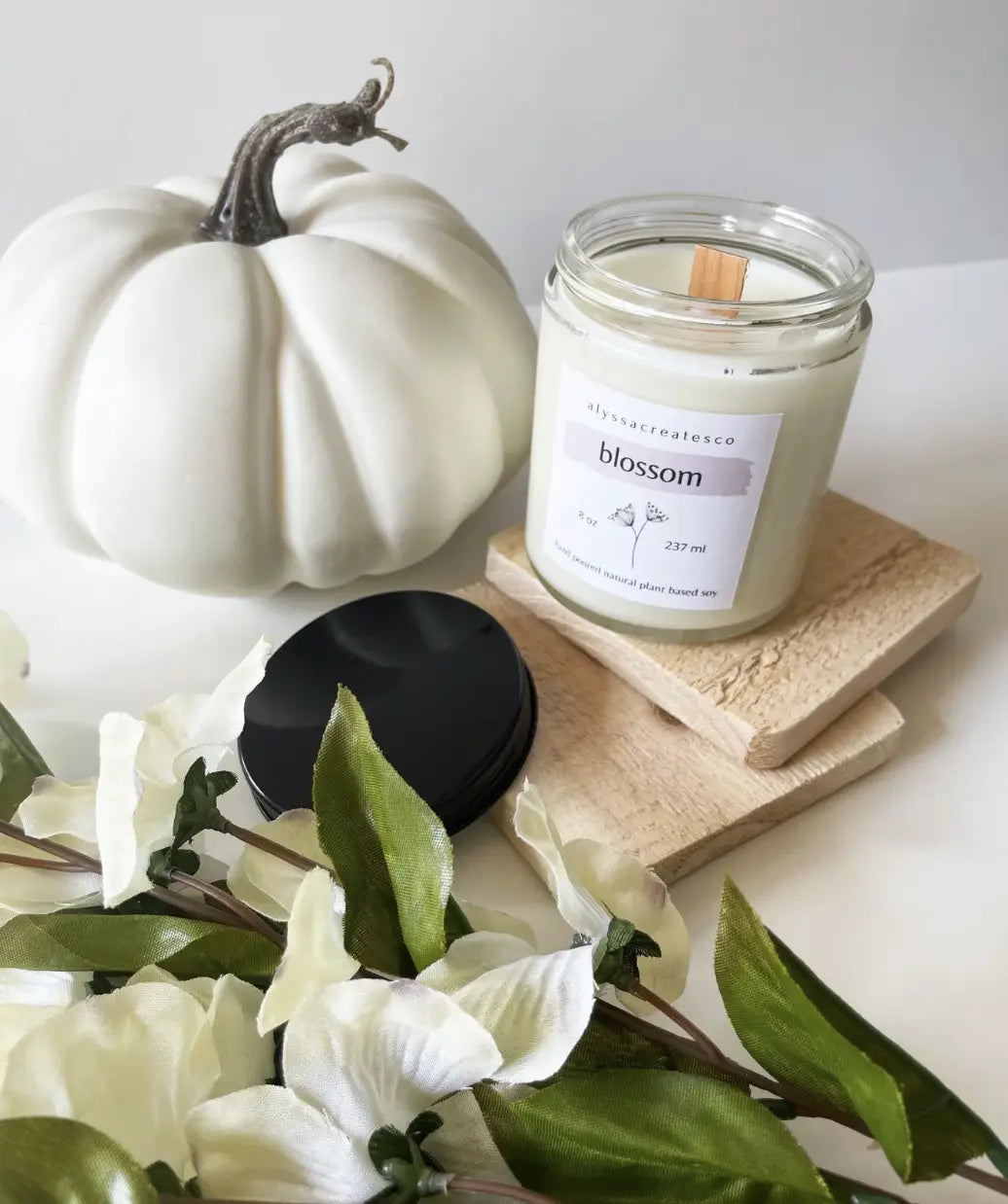
How to Create a Cohesive Look with Transitional Home Decor
Creating a cohesive look in your home with transitional decor can be a delightful yet challenging endeavor. Transitional decor is all about blending traditional and contemporary styles, resulting in a harmonious space that feels both timeless and modern. This style is perfect for families with babies and toddlers, offering a blend of comfort and style that accommodates the unpredictable nature of family life. In this guide, we'll explore how to effectively create a unified look using transitional home decor, offering practical advice to achieve an aesthetically pleasing and functional environment.
Understanding Transitional Decor
Transitional decor is a sophisticated blend of traditional and modern design elements. It focuses on creating a balanced look that leverages the classic charm of traditional decor with the clean lines and simplicity of modern styles. Key aspects include neutral color palettes, minimalistic design, and a mix of textures and materials. To start creating a cohesive look, it's essential first to understand these elements and how they work together.
Choosing the Right Color Scheme
Color plays a significant role in transitional decor, often forming the backbone of a cohesive look. Neutral tones, such as greys, taupes, and creams, serve as an excellent base for this style.
- Neutral Base Colors: These create a serene and flexible foundation. Opt for whites, creams, and grays.
- Accent Colors: Incorporate soft blues, greens, or even bold hues as accent colors to add layers and depth without overpowering the room.
Using a consistent color palette across different rooms will tie the whole home together, providing visual continuity and tranquility.
Selecting the Perfect Furniture
When it comes to furniture, the transitional style focuses on a mix of traditional and modern pieces that are both functional and stylish. Blending old and new not only sustains the transitional theme but also keeps your space interesting.

- Choose Timeless Pieces: Look for furniture with clean lines and gentle curves, avoiding overly ornate designs.
- Mix Materials: Combine different materials such as wood, metal, glass, and fabric for a balanced aesthetic.
- Consider Scale and Proportion: Ensure that the sizes of your furniture pieces complement each other and the space.
Adding Textures and Accessories
To enhance the cohesive look of your transitional decor, it's important to incorporate diverse textures and well-selected accessories.
- Variation in Textures: Use textiles like throws, pillows, rugs, and curtains to add softness and warmth. Mix different textures--a soft wool throw on a leather couch, for instance.
- Thoughtful Accessories: Keep decorations simple but impactful. Opt for a few statement pieces like art, vases, or sculptures that resonate with both modern and traditional styles.
Child-Friendly Choices
When designing for a home with babies or toddlers, safety and functionality are paramount without losing style.
- Soft Edges: Choose furniture with rounded corners to enhance safety.
- Durable Fabrics: Opt for stain-resistant and easy-to-clean materials.
- Safe Decor Items: Ensure that decor items are out of reach of children and not easily breakable.
Tips for Maintaining Cohesiveness
Once you've established a transitional design, maintaining the cohesion is key. Here are a few additional pointers:
- Continual Refresh: Periodically update accessories to keep the space feeling fresh without deviating from the overall decor theme.
- Consistent Update: When introducing new pieces, always consider how they will blend with your existing decor.
- Unified Theme: Stick to a core theme across rooms to maintain a smooth flow throughout the house.
Remember, the goal is to create a harmonious and inviting space where every element complements each other, providing comfort and style suitable for all ages.
 ```
```
